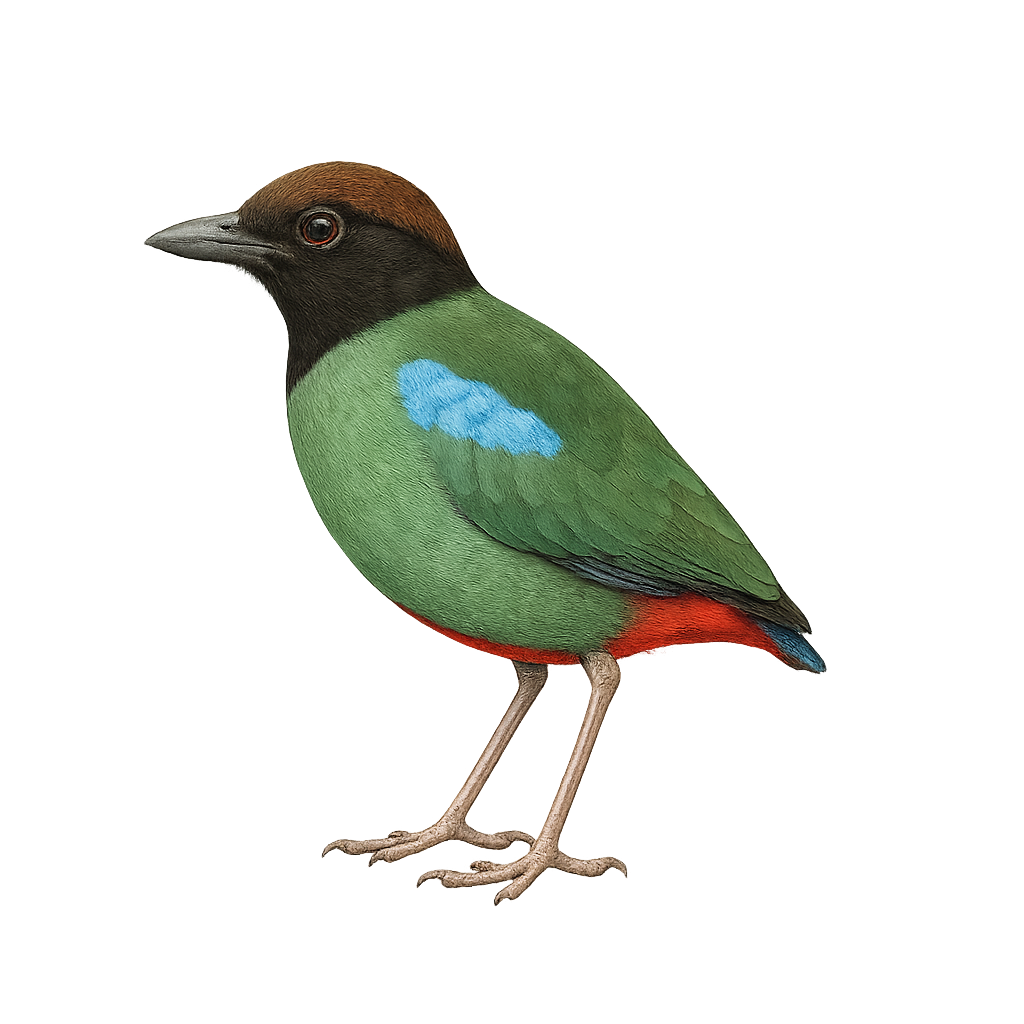Your wildlife photography guide.
Explore the hooded pitta in detail, study its behavior, prepare your shots.
Where to observe and photograph the hooded pitta in the wild
Learn where and when to spot the hooded pitta in the wild, how to identify the species based on distinctive features, and what natural environments it inhabits. The WildlifePhotographer app offers tailored photography tips that reflect the hooded pitta’s behavior, helping you capture better wildlife images. Explore the full species profile for key information including description, habitat, active periods, and approach techniques.
Hooded pitta
Scientific name: Pitta sordida

IUCN Status: Least Concern
Family: PITTIDAE
Group: Birds
Sensitivity to human approach: Suspicious
Minimum approach distance: 10 m
Courtship display: March to May
Incubation: 15-17 jours
Hatchings: March to June
Habitat:
Tropical forests, dense undergrowth
Activity period :
Primarily active during the day, with peak activity in the morning and late afternoon.
Identification and description:
The Hooded Pitta, scientifically known as Pitta sordida, is a vibrant and captivating bird belonging to the Pittidae family. It is characterized by its striking plumage, featuring a black head, bright green body, and wings with blue and red hues. This bird is primarily terrestrial, moving nimbly through the undergrowth of Southeast Asian tropical forests. Known for its melodious song and loud calls, the Hooded Pitta feeds mainly on insects, small invertebrates, and fruits. It is often seen alone or in pairs, and its elusive nature makes it difficult to spot. Despite its beauty, it faces threats from habitat loss due to deforestation.
Recommended lens:
400 mm – adjust based on distance, desired framing (portrait or habitat), and approach conditions.
Photography tips:
To photograph the Hooded Pitta, it is advisable to use a telephoto lens of at least 400mm to capture detailed images without disturbing the bird. Look for areas of dense tropical forest where this bird is likely to feed or sing. Be patient and attentive to its subtle movements. The best times to observe it are early morning or late afternoon when activity is highest. Use a tripod to stabilize your camera and adjust ISO settings to compensate for low light under the forest canopy.
The WildlifePhotographer App is coming soon!
Be the first to explore the best nature spots, track rutting seasons, log your observations, and observe more wildlife.
Already 1 431 wildlife lovers subscribed worldwide

